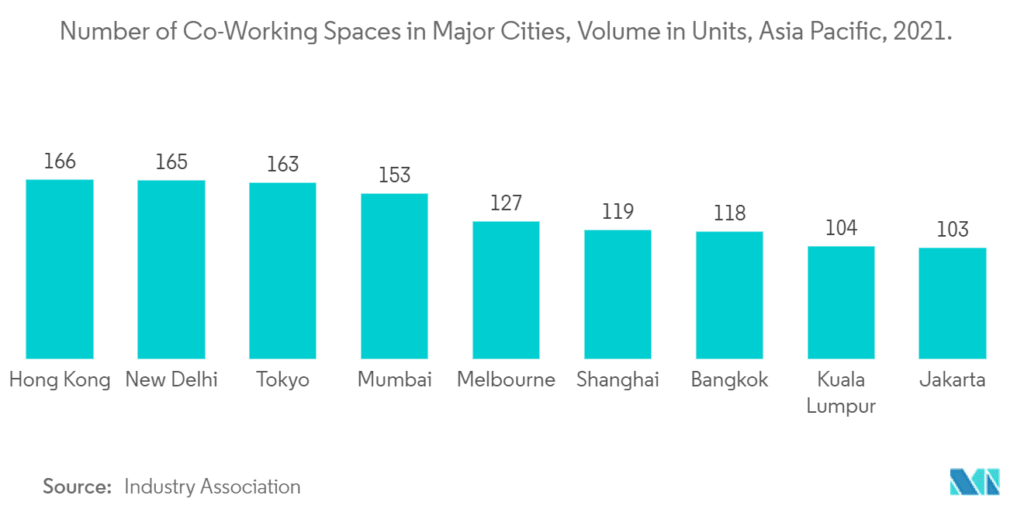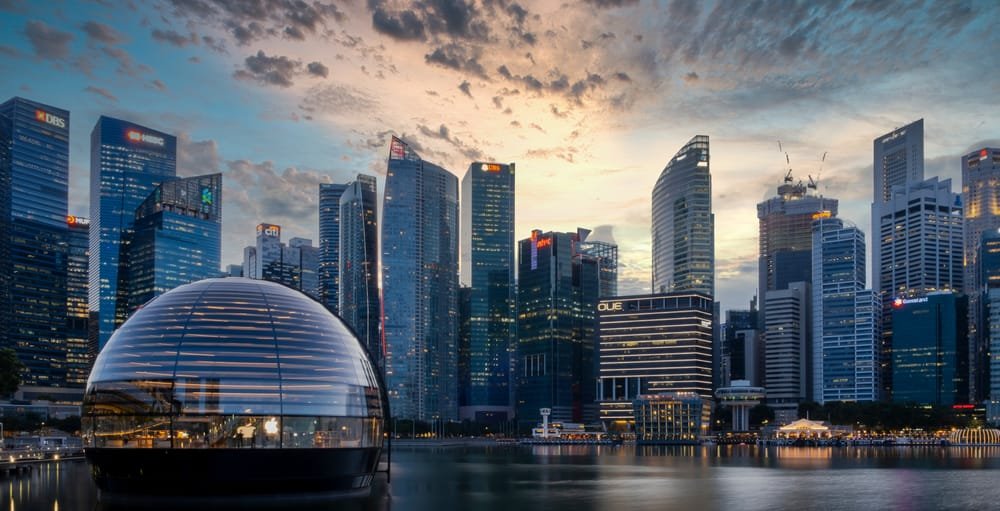In recent years, the real estate market in Southeast Asia region has seen remarkable growth. This surge is primarily driven by the region’s expanding economy and an increase in foreign investment. The real estate sector is thriving, with both residential and commercial projects in high demand. Countries like Vietnam, Indonesia, and the Philippines are leading the charge with ambitious reforms and development initiatives, attracting investors from across the globe. Now, let’s take a look at the Southeast Asia Real Estate Trends below!
Economic Growth and Real Estate Investment Boom
From 2005 to 2014, Southeast Asian, particularly the ASEAN nations, attracted real estate investments totaling a massive US$28.19 billion. A large part of this investment came from foreign investors looking to tap into the region’s dynamic growth. The market’s expansion is set to continue, largely due to policy changes that have made it easier for foreigners to invest in local real estate.
This particular Southeast Asia Real Estate Trends is supported by Southeast Asia’s burgeoning middle class, which has greater purchasing power than ever before. Countries like Vietnam and Cambodia have introduced laws that welcome foreign investments, presenting lucrative opportunities in both residential and commercial real estate. With urbanization sweeping the region, the demand for housing and office spaces continues to rise. As a result, it creates a favorable environment for construction growth.
Southeast Asia Real Estate Trends Hotspots: Manila, Bangkok, and Jakarta
When considering real estate investments, three cities stand out as key destinations: Metro Manila, Bangkok, and Jakarta. These cities are not only economic hubs but also provide diverse opportunities in the property market.
Metro Manila, Philippines, is a rapidly growing metropolis, particularly in upscale neighborhoods like Makati and Taguig. The Southeast Asia Real Estate Trends here is the luxury apartments, which are in high demand. They cater to both wealthy locals and expatriates alike, fueled by the city’s urbanization.
Bangkok, Thailand, known for its booming tourism industry, is experiencing a surge in residential real estate demand. Areas like Sukhumvit and Sathorn are highly sought after, especially for residential properties. Investors are particularly attracted to these locations due to the high volume of tourists and growing local demand for modern living spaces.
Jakarta, Indonesia is another booming city with a fast-growing construction sector. Commercial and residential properties are in demand, especially in areas like Kemang and Sudirman. Jakarta’s growth in construction and infrastructure is opening up exciting new opportunities in Southeast Asia Real Estate Trends. This is attractive for investors, making the city a top real estate destination in the region.
Emerging Residential Southeast Asia Real Estate Trends
The residential real estate market in Southeast Asia is expected to reach an impressive US$23.31 trillion by 2024. This growth is projected to continue at a compound annual growth rate (CAGR) of 2.85%, reaching US$26.82 trillion by 2029. While countries like Singapore and Thailand are key players in this growth, Vietnam, Indonesia, and the Philippines are also emerging as top destinations for residential real estate investment.
Singapore stands out as a market leader, thanks to its focus on innovation and sustainable development. With the rise of smart buildings and mixed-use developments, Singapore is pushing the boundaries of Southeast Asia Real Estate Trends. High-net-worth individuals (HNWIs) from China and Europe are particularly drawn to Singapore’s luxury housing market. Additionally, local buyers are increasingly investing in luxury homes, contributing to the city’s growing demand for high-end real estate.
Technological Innovations and New Trends

Another exciting example of Southeast Asia Real Estate Trends is the rise of co-working spaces across Southeast Asia. These flexible office solutions have gained popularity. They are offering freelancers, startups, and large corporations alike a dynamic and scalable work environment. Cities like Bangkok, Ho Chi Minh City, and Kuala Lumpur are witnessing a surge in co-working spaces, making this a significant driver of growth in the commercial real estate sector.
The Southeast Asian real estate market continues to grow at an unprecedented rate, driven by a combination of economic expansion, foreign investment, and urbanization. From luxury apartments in Metro Manila to smart developments in Singapore, the region offers a diverse range of opportunities for investors. However, challenges remain, particularly in navigating complex legal frameworks and addressing infrastructure needs. Despite these obstacles, the outlook for Southeast Asia Real Estate Trends remain highly promising, making it a key region to watch in the coming years.

